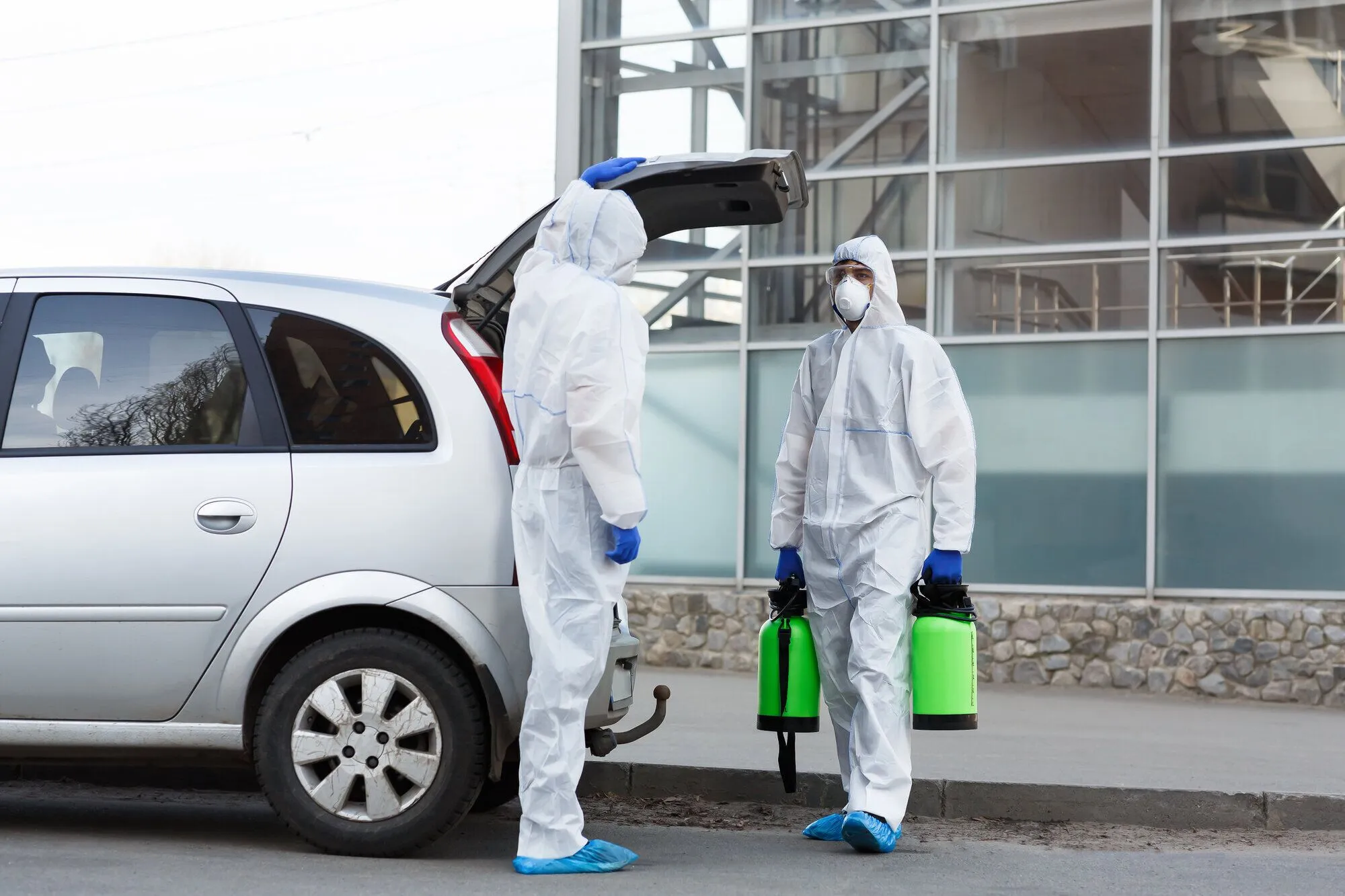It is important to keep a clean, safe, and pest-free workplace in order to maintain productivity, protect employee health, and preserve a company’s good name. Pests can pose serious health risks to employees, cause structural damage, and have severe legal and financial implications for businesses. Commercial pest control is a vital part of workplace management.
Table of Contents
The Reasons Commercial Areas Require Pest Management
The high foot traffic, food handling, and large storage spaces in offices make them particularly susceptible to pest infestations. Pest control is a unique challenge for offices, warehouses, and restaurants.
Infestations left unchecked can cause:
- Health code violations
- Loss of Business License
- Employee sickness or discomfort
- Inventory and infrastructure are damaged
- Damage to reputation caused by online complaints or customer reviews
Commercial pest control is not just about eliminating bugs. It’s also about developing long-term prevention plans that adapt to the facility’s specific needs and address root causes.
Customized Pest Control for Commercial Environments
Generic solutions are rarely effective in the long run. Effective pest control is based on tailoring treatment plans to the environment, pest risks, and industry standards.
Common Pests in Commercial Settings
Pests are a problem for each type of business. As an example:
- Offices are often plagued by ants, rodents, or cockroaches in the communal kitchen area.
- Restaurants and cafes are attractive to flies and cockroaches.
- In warehouses and factories, you may encounter bird problems, beetles, and rats nesting in products or damaging them.
- Health care facilities should be vigilant, as pest infestations may threaten patient safety.
IPM is the best approach for commercial pest control. It emphasizes the minimal use of chemical pesticides and focuses instead on inspection, sanitation, and habitat reduction.
Commercial Pest Control Business: A Regional Focus
Due to the high density of urban areas and the climate, businesses in large cities are faced with unique challenges. Commercial insect control services are designed for businesses to take into account seasonal changes, construction zones, and proximity to water and food sources.
Pest control is required for businesses’ commercial properties, which range from new office towers to heritage buildings. In summer, high humidity can control services increase cockroach activity. In the winter months, rodents are often driven indoors by colder temperatures. Pest control in business should be proactive and not reactive.
Facilities managers in business, for example, must be familiar with local regulations and make sure that pest control methods used on-site comply with standards of health, safety, and the environment. It is important to maintain compliance and avoid costly penalties.
The best methods for keeping a workplace free of pests
A good commercial pest control plan doesn’t stop with one visit. Both professionals and employees must maintain vigilance and continuous effort.
Inspections and Monitoring
Regularly inspect your home to detect early signs of pest infestation. Early detection allows targeted treatment to be implemented before the infestation becomes more serious. The pest control technicians can identify the structural weaknesses that attract pests.
Training and awareness for staff
The employees are the workplace’s ears and eyes. Early detection of pest activity, such as droppings or gnawed wiring, can be greatly improved by educating your staff. The staff should be trained on how to maintain cleanliness in common areas such as kitchens and breakrooms.
Maintenance and Sanitation
Pests are attracted to food residue, standing waters, and cluttered storage areas. Bins should be emptied daily, floors cleaned, and any leaks repaired as soon as possible. Seal cracks and entry points around windows, doors, and vents to prevent rodents from entering.
Partnership with Professionals
A commercial pest control company with experience can offer treatment and prevention strategies that are tailored to your specific business needs. They use advanced monitoring techniques and professional tools that are superior to DIY methods.
Select a provider that understands the challenges of your region, especially if you operate in a city such as a business where conditions can vary widely depending on location and season.
Prevention is the key to a safer workplace
Commercial pest control should not be an afterthought. It is a crucial part of maintaining workplace safety, productivity, and brand integrity. Businesses can maintain a pest-free environment by being proactive and working with knowledgeable professionals.
Even minor disruptions in a competitive environment can have serious consequences. It’s not about solving a problem, but preventing it. If you’re running a cafe, a corporate office, or anything in between, a pest-free environment is essential to your long-term success.

